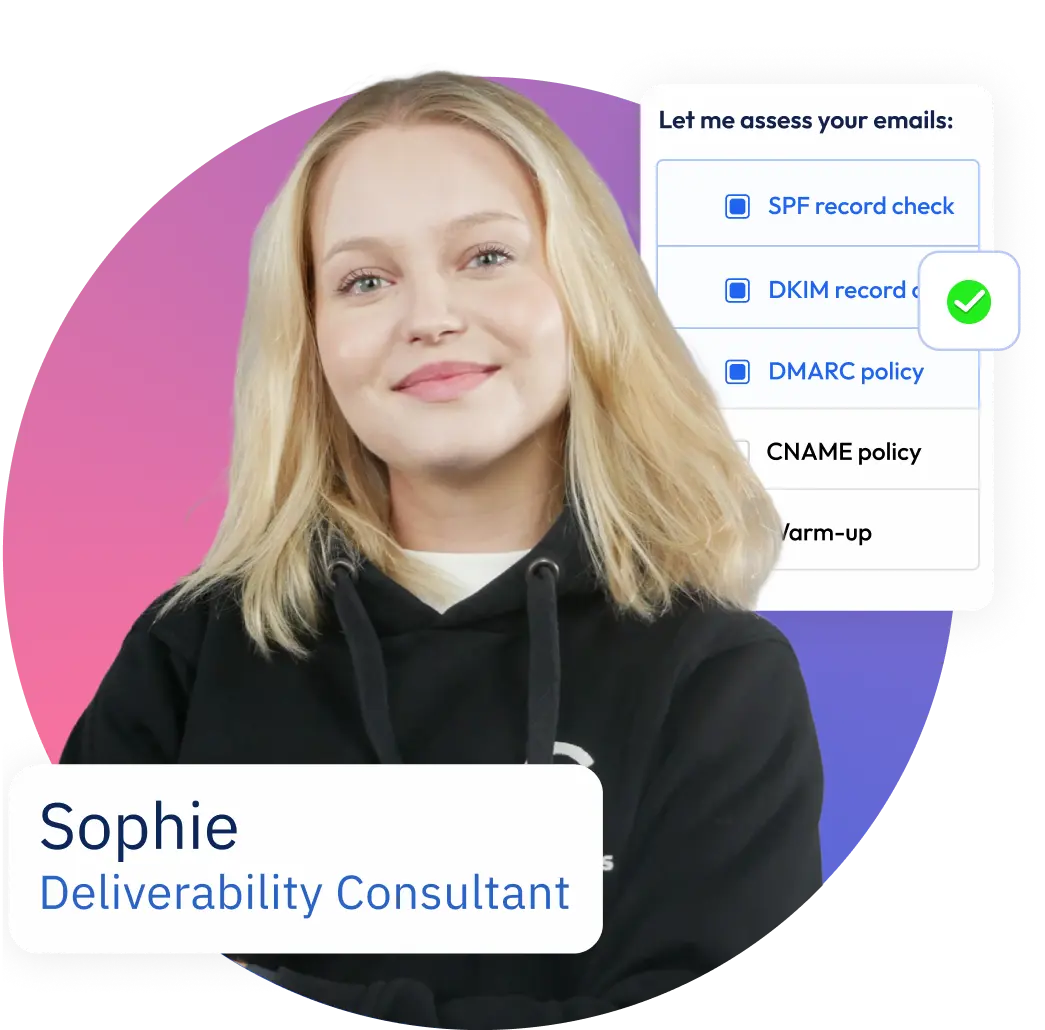Outbound expert of the week – Danny Kirk
There’s no one right way to do outbound. That’s why each week we ask an expert to share their perspective on this channel. They share their tips on how to build it successfully. In each will answer a few questions about:
- outbound use cases
- preparing an outbound campaign
- writing a killer outbound sequence
- and more…
Meet Danny

“I was a classically trained musician turned entrepreneur who started and grew multiple software companies, and then decided to help other companies do the same. I’ve been consulting for years now and I’m helping grow 15+ companies at any one time. I’m a massive fan of the lean startup method, and my focus is on lean growth for every business I work with.”
What outbound is good for?
With the lean perspective in mind, there are two great uses to consider:
- Proof of concept and product-market fit. It’s easy to spin up a campaign and get some feedback calls on the calendar to see what the market demand is like.
- For lean scaling of sales. I’m a massive believer in automation and the leverage it provides organizations. We are past the days of massive sales teams and human involvement at every step. Thanks to systems like Growbots, a small sales team can have a large impact on revenue by handling everything without the need for a human.
What should you pay special attention to when preparing an outbound campaign?
Warming. Using a warming system and making sure your sending addresses, and domain, are properly configured and warmed prior to starting your campaign is absolutely necessary today. Growbots is the only system that has data, emailing platform, and warming all in one. This creates efficiency and ease of use when setting things up.
What are the 3 golden rules for writing a killer outbound sequence?
- It’s all about them and what keeps them up at night, not you or your product’s features. If you can solve someone’s problems, they don’t care how it works.
- Loss aversion is the strongest human driver, so use wording that speaks to that in your campaign. What will the reader lose if they don’t solve the problem they have?
- Keep it short. There are two types of email recipients: the first one replies to all emails, no matter how long or poorly written they are. The second is someone who is very busy and only replies to emails that get to the point and have a specific ask. Since you don’t know which one the person is you are emailing, you should always assume they are the latter one and don’t waste their time with a bunch of meaningless words. To summarize, always ask yourself, what can I take away from this copy?
What makes your approach to outbound unique?
As a first step, I let the data speak and don’t assume to know everything – we’re always testing, iterating, and learning what works. I start by telling my clients that I get fired after month 3 unless the campaign is working (not the other way around). This takes the pressure off them and makes me earn their business. This approach makes it easy for my clients to trust me, versus trying to sell them on a 2-year contract as most agencies do. I take no pride in overcharging clients or not delivering results. Most people I talk to appreciate this blunt perspective. This is particularly true in a field that is overrun with snake oil salesmen.





















